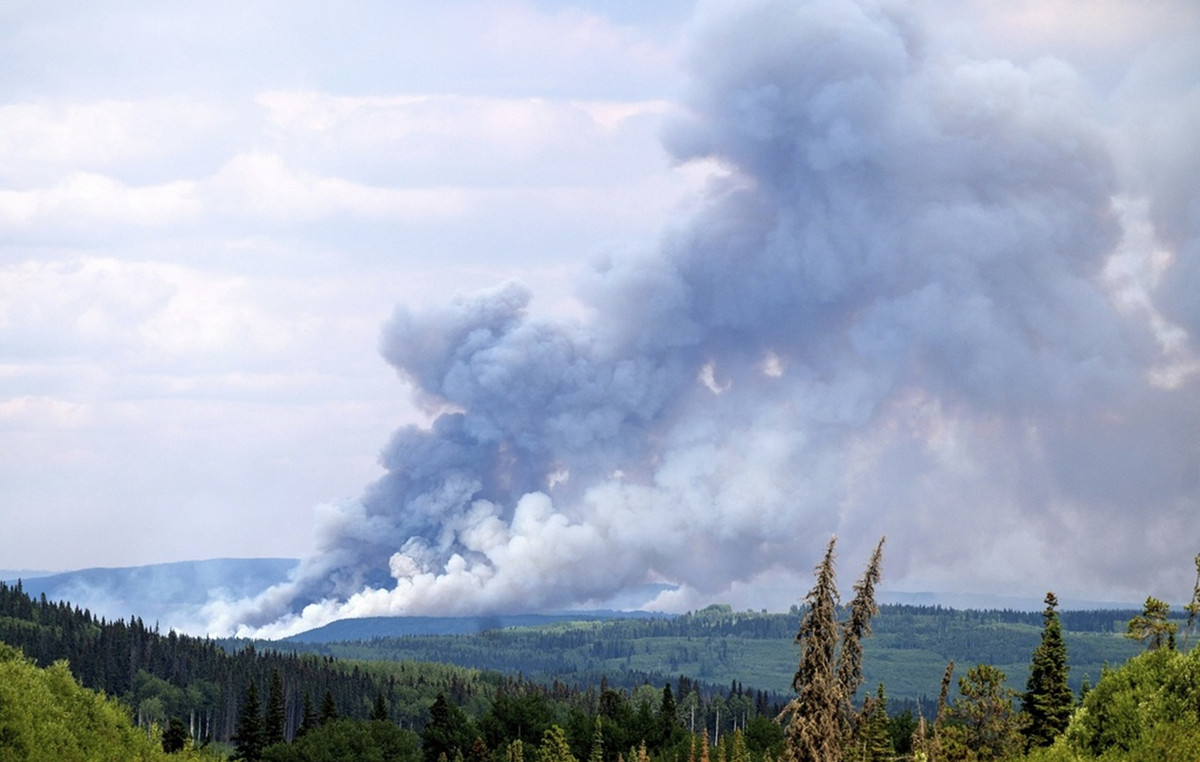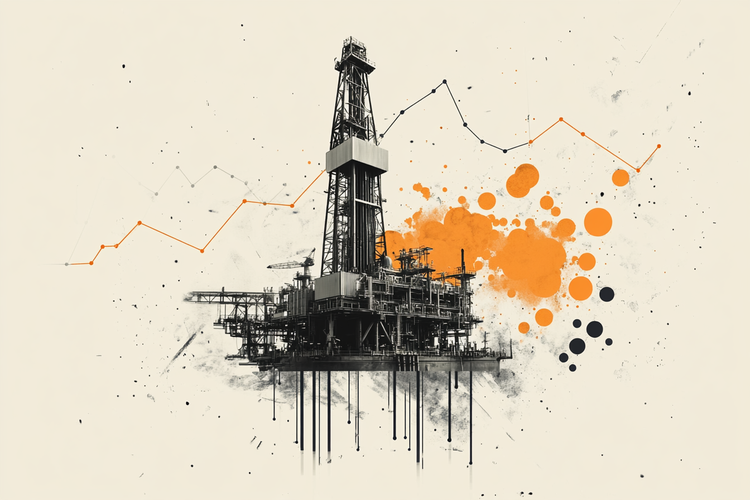A team from National Observatory recorded the highest geomagnetic storm of this solar cycle. According to the researchers, the effects of the event could interfere with phenomena such as the aurora borealis and satellite communications systems.
The phenomenon caused by the interaction of large quantities of solar particles with the Earth's magnetic field occurred between March 24th and 25th. The data was recorded by a set of 19 magnetotelluric geophysical devices installed in Rio de Janeiro and Espírito Santo.
Used to make detections, the magnetotelluric method is a study technique that uses the temporal variation of the Earth's magnetic field to determine the resistivity (ability to conduct electricity) of rocks on the solar surface.
With it, the researchers managed to record the largest geomagnetic storm of this cycle, a period of 11 years that is ended by changes in the number of spots on the solar surface.

“The effects of the solar storm can be observed in various parts of the world, such as the auroras, which are generally visible in polar regions. Furthermore, storms can interfere with communications systems and satellite routes, in addition to false triggers in protection devices”, explained Dr. Artur Benevides, post-doctoral student at the National Observatory, and Adevilson Alves, doctoral student.
The solar storm was classified as intense/strong, with disturbances in the magnetic field of approximately -200 nT. Furthermore, the National Oceanic and Atmospheric Administration (Noaa) classified the storm as level G3, also considered strong.
Source: CNN Brasil
Charles Grill is a tech-savvy writer with over 3 years of experience in the field. He writes on a variety of technology-related topics and has a strong focus on the latest advancements in the industry. He is connected with several online news websites and is currently contributing to a technology-focused platform.







